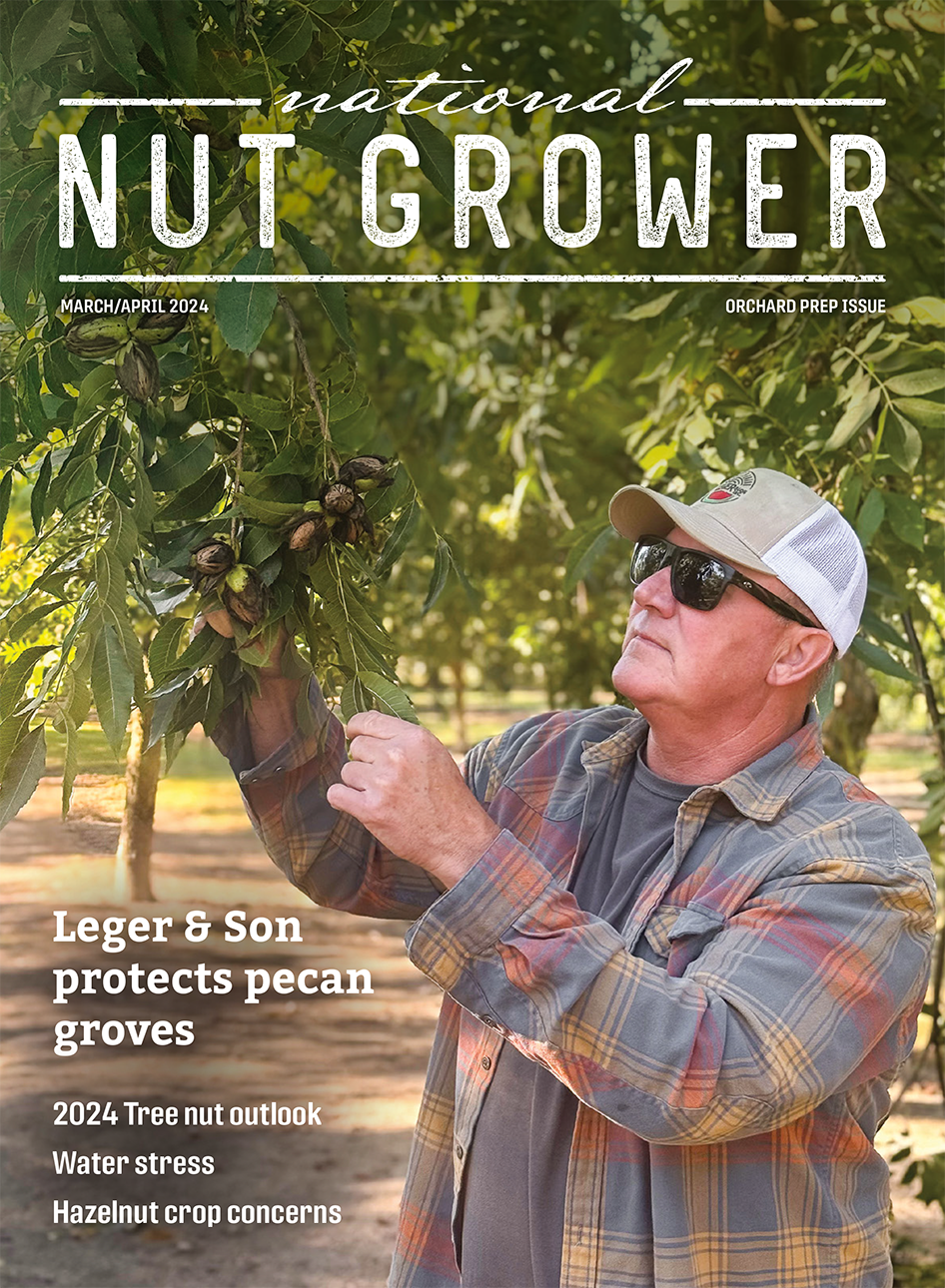Nov 23, 2021$90.2 million in USDA grants awarded to strengthen local and regional markets
-
FMLFPP awarded a total of $75.4 million to 172 projects across 41 states to support the development, coordination, and expansion of direct producer to consumer markets and local and regional food business enterprises. FMLFPP is implemented through two components, the Farmers Market Promotion Program (FMPP) and the Local Food Promotion Program (LFPP). FMPP awarded $37.5 million to 84 projects to support direct producer-to-consumer marketing projects such as farmers markets, community-supported agriculture programs, roadside stands, and agritourism. LFPP awarded $37.7 million to 85 projects to develop, improve, and expand local and regional food business intermediary supply chain activities, including processing, distribution, aggregation, and storage of locally or regionally produced food products.
-
FSP awarded $14.8 million to 30 projects across 24 states to support partnerships that connect public and private resources to plan and develop local or regional food systems. The projects focus on strengthening the viability and resilience of regional food economies through collaboration and coordination.
“These grants will help maximize opportunities for economic growth and ingenuity in local and regional food systems to kickstart this transformation. The Local Agriculture Marketing Program grants have a history of generating new income sources for small, beginning, veteran and socially disadvantaged farmers and creating new market opportunities for value-added and niche products,” said Agriculture Secretary Tom Vilsack “The new Regional Food System Partnerships grants will help build a fairer, more transparent food system rooted in local and regional production where businesses can compete fairly, because a greater share of the profit will go to those growing, harvesting, and preparing our food.”
“The strength of America’s agricultural economy is our creativity and resilience. Whether it’s a farmers market in Lansing or a food business in Kalamazoo, local and regional food systems expand economic opportunities for farmers and secure healthy food supply chains for families,” said Senator Debbie Stabenow, Chairwoman of the Senate Committee on Agriculture, Nutrition and Forestry.
AMS supports U.S. food and agricultural products market opportunities, while increasing consumer access to fresh, healthy foods through applied research, technical services, and Congressionally funded grants. These projects will support the development, coordination and expansion of direct producer-to-consumer marketing, local and regional food markets and enterprises and value-added agricultural products.
“Small and medium size farmers, ranchers and processors have an important role in strengthening our food supply chain. These USDA local and regional food grants will help these agricultural businesses build, expand and sustain the processing, distribution and storage systems that will help move food from the farm to the table,” said USDA Under Secretary for Marketing and Regulatory Programs Jenny Lester Moffitt.
LAMP was established in the Agricultural Improvement Act of 2018 (Farm Bill) (Pub. L. No. 115—334) and received a supplemental appropriation through the Consolidated Appropriations Act of 2021 (Pub. L. No. 116—260).
For a list of grant recipients and to learn more about AMS’ investments in enhancing and strengthening agricultural systems, visit www.ams.usda.gov/grants.
USDA touches the lives of all Americans each day in so many positive ways. In the Biden-Harris Administration, USDA is transforming America’s food system with a greater focus on more resilient local and regional food production, fairer markets for all producers, ensuring access to safe, healthy, and nutritious food in all communities, building new markets and streams of income for farmers and producers using climate smart food and forestry practices, making historic investments in infrastructure and clean energy capabilities in rural America, and committing to equity across the Department by removing systemic barriers and building a workforce more representative of America. To learn more, visit www.usda.gov.







